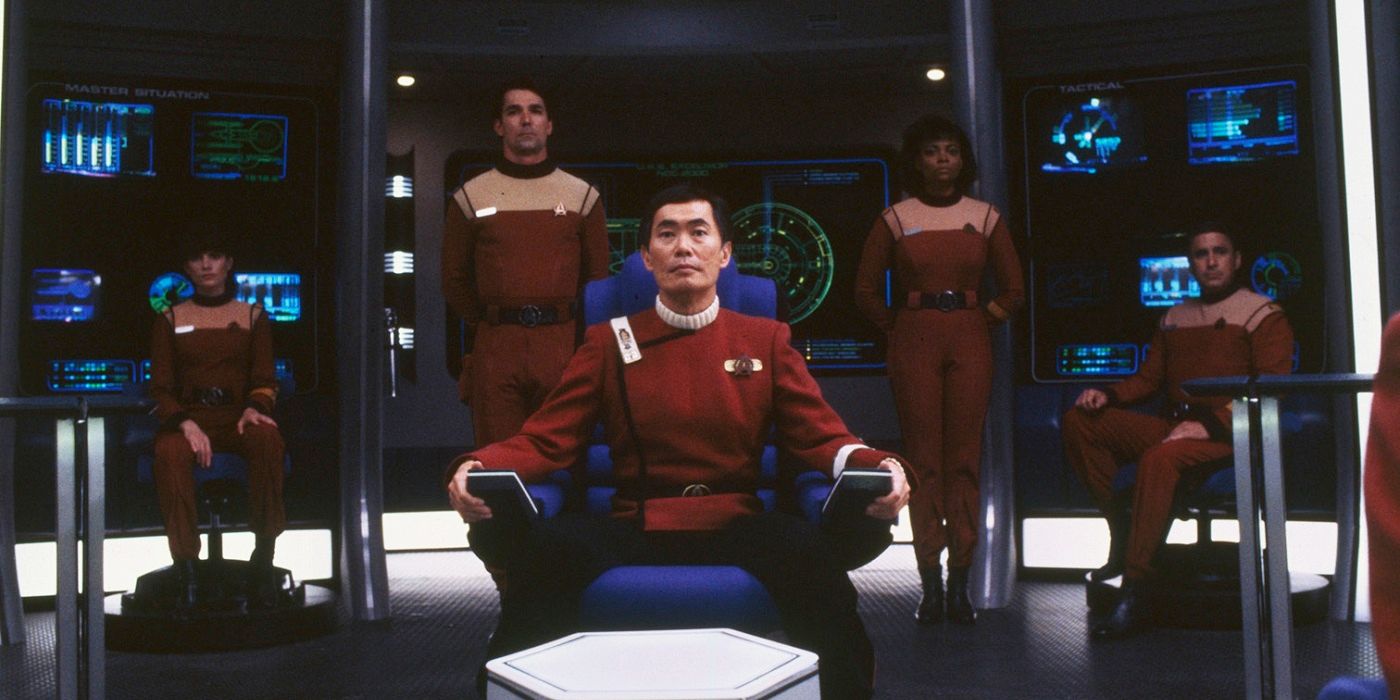More than a half-century after it first debuted, Star Trek: The Original Series is still lauded for its contributions to popular culture. One of the most progressive elements of the series is the diversity of the crew on the USS Enterprise. Spock may have been an alien, but audiences of the 1960s were more surprised to see women and people of color on the bridge. One of those characters, Hikaru Sulu, was named very carefully by series creator Gene Roddenberry as part of his aspirational vision for the future.Sulu found himself at the helm of the Federation’s flagship because he was the best officer for the job. That made George Takei’s character a rarity at the time. When characters of Asian heritage appeared in TV and film, they were almost always depicted as stereotypes. They would wear “exotic” clothing, turbans and speak in heavily accented English. This was if the producers hired an Asian actor at all and didn’t opt to just have a white actor do a racist impression. Sulu was an important part of Star Trek’s positive representation. However, Roddenberry was initially stumped on the character’s surname.Given an unlimited budget, Roddenberry likely would’ve introduced dozens of diverse characters to populate the Enterprise. During the run of The Original Series, he made sure even the background actors represented diversity. Women and actors of color were frequently seen running to their stations in the corridors, because Roddenberry wanted the starship Enterprise to be an allegory for the starship Earth. Takei’s late co-star Nichelle Nichols often spoke about Uhura being named after she introduced Roddenberry to the book Uhuru by Robert Ruark. The word means “freedom” in Swahili. The producer hoped to find a similar, universal name for Sulu to represent the pan-Asian continent.RELATED: Ed Begley Jr. Played One of Star Trek’s Most Important Characters on Voyager
More than a half-century after it first debuted, Star Trek: The Original Series is still lauded for its contributions to popular culture. One of the most progressive elements of the series is the diversity of the crew on the USS Enterprise. Spock may have been an alien, but audiences of the 1960s were more surprised to see women and people of color on the bridge. One of those characters, Hikaru Sulu, was named very carefully by series creator Gene Roddenberry as part of his aspirational vision for the future.
Sulu found himself at the helm of the Federation’s flagship because he was the best officer for the job. That made George Takei’s character a rarity at the time. When characters of Asian heritage appeared in TV and film, they were almost always depicted as stereotypes. They would wear “exotic” clothing, turbans and speak in heavily accented English. This was if the producers hired an Asian actor at all and didn’t opt to just have a white actor do a racist impression. Sulu was an important part of Star Trek‘s positive representation. However, Roddenberry was initially stumped on the character’s surname.
Given an unlimited budget, Roddenberry likely would’ve introduced dozens of diverse characters to populate the Enterprise. During the run of The Original Series, he made sure even the background actors represented diversity. Women and actors of color were frequently seen running to their stations in the corridors, because Roddenberry wanted the starship Enterprise to be an allegory for the starship Earth. Takei’s late co-star Nichelle Nichols often spoke about Uhura being named after she introduced Roddenberry to the book Uhuru by Robert Ruark. The word means “freedom” in Swahili. The producer hoped to find a similar, universal name for Sulu to represent the pan-Asian continent.
#Gene #Roddenberry #Named #George #Takeis #Character #Sulu #Important #Reason
Note:- (Not all news on the site expresses the point of view of the site, but we transmit this news automatically and translate it through programmatic technology on the site and not from a human editor. The content is auto-generated from a syndicated feed.))



